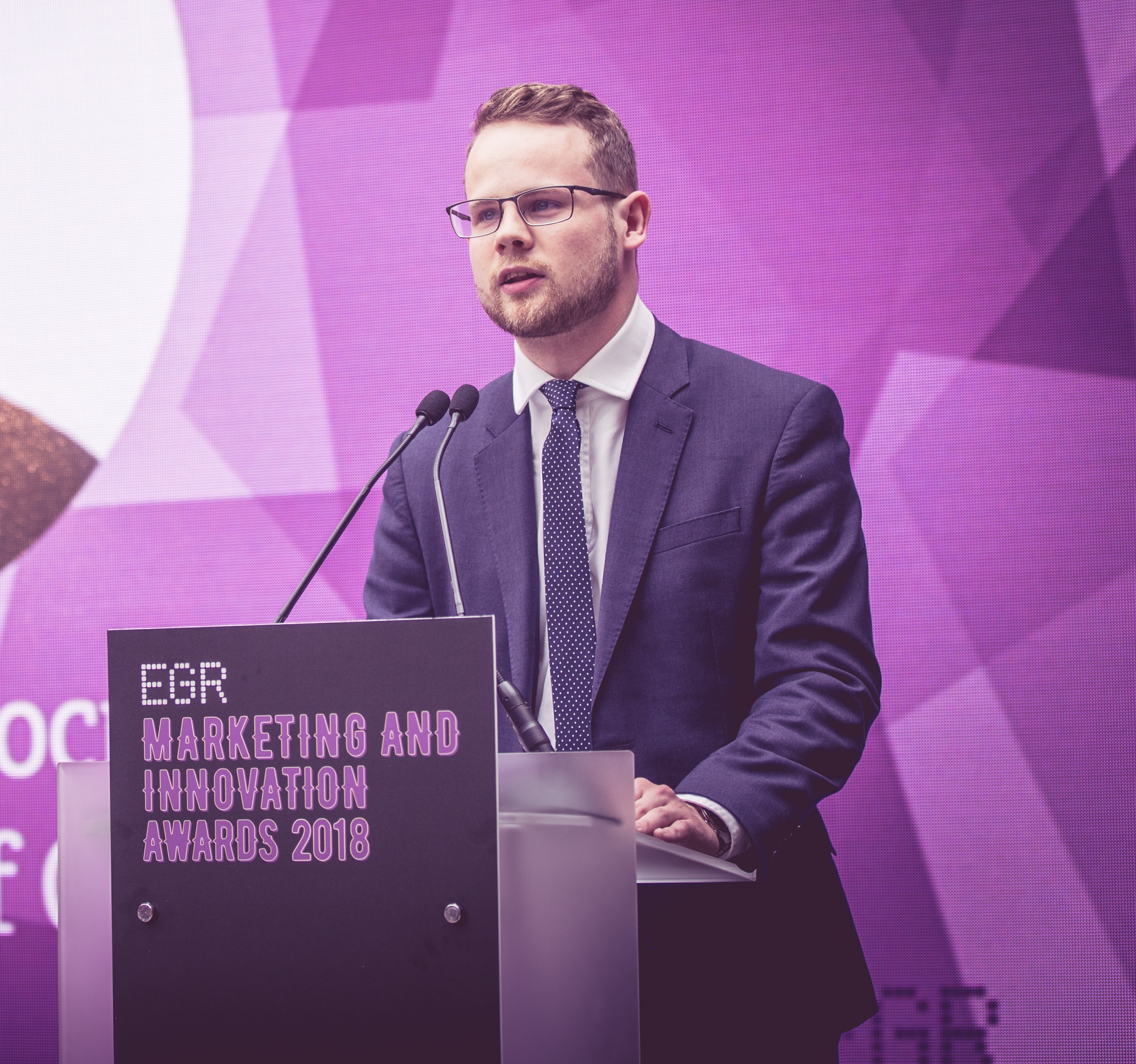
GVC's Jon Salmon on overhauling bwin's marketing strategy
Operator's marketing chief explains how the recently acquired brands have become more ROI-focused

One of the key drivers behind GVC Holdings’ acquisition of bwin.party earlier this year was identified cost synergies of around £125m per year. While much of that will be derived via a reduction in headcount, getting to grips with bwin.party’s marketing spend to realise better returns was also a prime goal.
The ongoing integration of the two businesses has enabled the enlarged operator to take advantage of marketing synergies across the legacy firms, with valuable lessons and ideas shared across the whole business. Bwin.party had previously employed more of a brand-led approach where returns were more fluid. However, under GVC this has morphed into one focused on short-term investment with immediate returns expected.
Jon Salmon, who heads up the casino brands for GVC, has been leading the company’s marketing efforts on the gaming side. More than 35 years’ marketing experience, Salmon started consulting for GVC in 2010 after joining from PartyGaming where he was chief marketing officer. EGR spoke to Salmon to find out more about the firm’s marketing roadmap.
eGaming Review (EGR): In your H1 results, you announced 21% of NGR spent on marketing? Why such a low spend compared with rivals?
Jon Salmon (JS): Firstly we massively benefit from previous marketing and brand recognition. Our customers and potential customers know who we are so it’s just a matter of explaining how we have changed, improved and how great our product is. However some of our lead brands such as partycasino require significant enhancement to improve the customer experience and compete in a very crowded marketplace. Then when there is a compelling advantage to use the brand, advertising expenditure will be made, and because the product is different and better, the return on the marketing investment will be greater.
EGR: Have you learned any new ideas or approaches from each business?
JS: GVC has learned from bwin.party and vice versa. The GVC approach is to view marketing as a short-term investment which must have a payback. In the past bwin.party invested more in brand recognition and have been happy to wait for the return to arrive. If the GVC philosophy of only advertising when a return is highly likely works, it may be because the brand building work done before by bwin.party has paved the way.
EGR: What are the key things you have changed about bwin.party’s marketing since the takeover?
JS: We have cut out the big brand marketing projects, where there was no clear sign of ROI. We have rededicated our marketing to activities that will grow each business in top line terms, in the short to medium term. We have focused on improving content in our gaming businesses, bringing in the most talented product management, and this has made our game offering significantly more competitive and given us a wider revenue base to grow from.
EGR: You launched a new TV advertising campaign for Foxy Bingo earlier this year, how do you decide which brand needs a boost and which marketing avenue to pursue?
JS: Bingo has changed this year with the inability to advertise bonuses until 9pm. Many small nondescript bingo sites have stopped advertising without a bonus as it just did not work. Foxy is a well-known brand that stands for something with customers, so this is a perfect time to launch a campaign which works on a brand level without the need to push a bonus. We will only advertise on TV if we can prove to ourselves that it will create incremental revenue.
EGR: Do you have any more TV campaigns lined up? Does TV work better in some countries than others?
JS: I won’t speak for all of our brands, but I can tell you partycasino will be back on TV in the UK and other leading markets next year. TV works the best in markets where you have built up a large database of players that you can reactivate and reintroduce to the brand. In other words, it is good at winning back share you may have lost to competitors. The share of voice required in the UK makes TV marginal unless you factor in the response you get from reactivation. It is very crowded on the more affordable, targeted channels and very expensive on channels that reach large scale audiences.
EGR: What are your thoughts on the push by many countries to reduce the number of gambling-related ads on TV?
JS: I personally think that the UK have it right per advertising break where there can only be one commercial per product segment, so you can’t advertise a Ford and a Toyota in the same break or Persil and Ariel. This also means that you can’t have multiple casinos or sportsbooks advertising within the same break. At most you will get a sponsorship, a betting advert and after 9pm, a casino. Other markets don’t have such restrictions and it can be wall-to-wall casino advertising during a break. In our view that is not user friendly and also limits the effectiveness of each message.
EGR: Which marketing channels has GVC found to be the most and least effective?
JS: It’s all about stages in a brand. Within the bwin.party stable they were built on large-scale sponsorships and mass marketing but now we are focused on player acquisition and reactivation rather than brand building. No one channel works on its own, you need a mix of all channels. We are working hard on SEO, improving the affiliate channel, cross-sell and sharing experiences and deals within the different marketing teams across the Group.